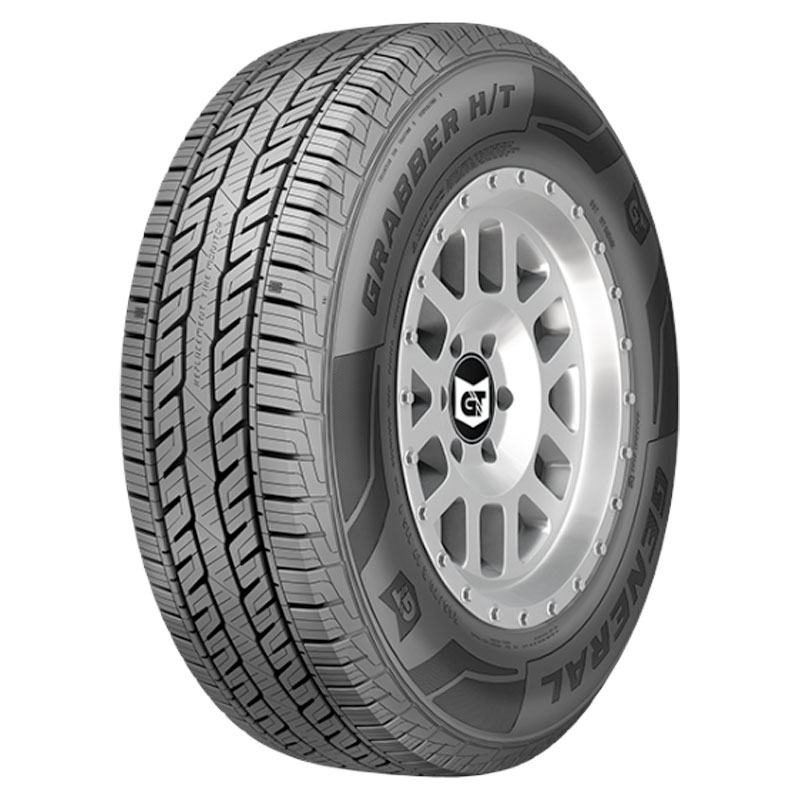What Tires are Right for My Ride?
From the General Tires website
Finding the right tires for your vehicle can be a challenging proposition. Choose wrong and the performance of your vehicle may be severely compromised. We’re here to help you understand how to make the right decision.
If you’ve not yet read Anywhere is Possible, but is Any Season Possible? (link) then let’s start there. We explain the difference between summer ultra-high performance, all-season and winter tires.
From there, we can help you identify the recommended fitment for your vehicle. That information can be found in your owner’s manual or inside the driver’s side door jamb. The size will read something like this: P225/45R18 91Y. What exactly do those numbers mean? Well, if you haven’t read What Do The Numbers On My Tire Mean? (link) then check that out for a quick breakdown to help you decipher one of the best kept secrets in the automotive world.
The combination of numbers and letters are the tire’s various size measurements. The 91 is the load index, which indicates how much weight each tire can support. The Y is the speed rating, which indicates the tire’s maximum speed in relation to the load index.
All-season tires have S and T speed ratings. This translates to all-weather grip and greater mileage expectancy. Most cars and SUVs come clad in tires such as these. Performance all-season tires have H and V speed ratings. These tires tend to corner better than S and T speed rated all-season tires, but they may not last as long. ZR, W, and Y speed ratings are typically seen on higher-performance vehicles.
Winter tires are identified by a mountain and snowflake symbol displayed on the sidewall of the tire.
You have some flexibility when it comes to matching the tire’s size measurements. You can also go higher with the load index and speed rating. We broke that down here – Can I Change the Size of My Tires? (link)
For more information on what will and won’t work for your vehicle, visit your local General Tire dealer.
For more information contact Advance Treads at 856-696-5004



